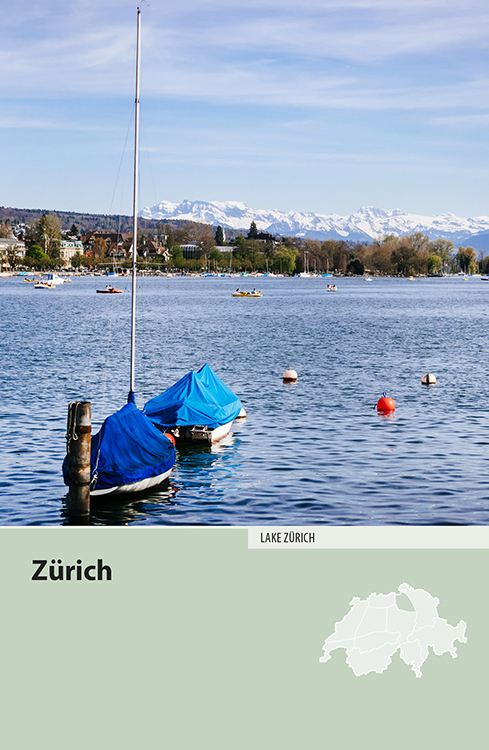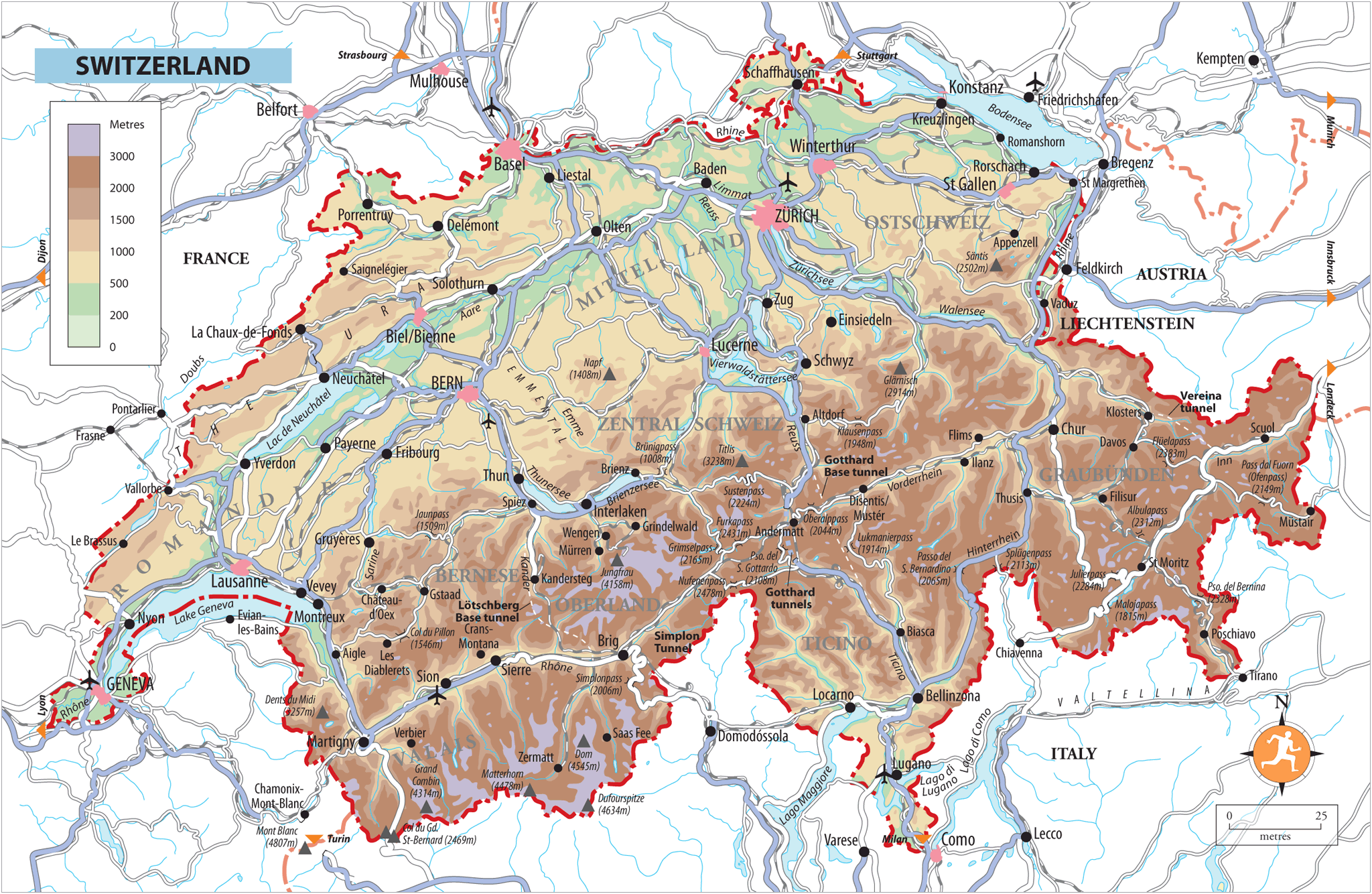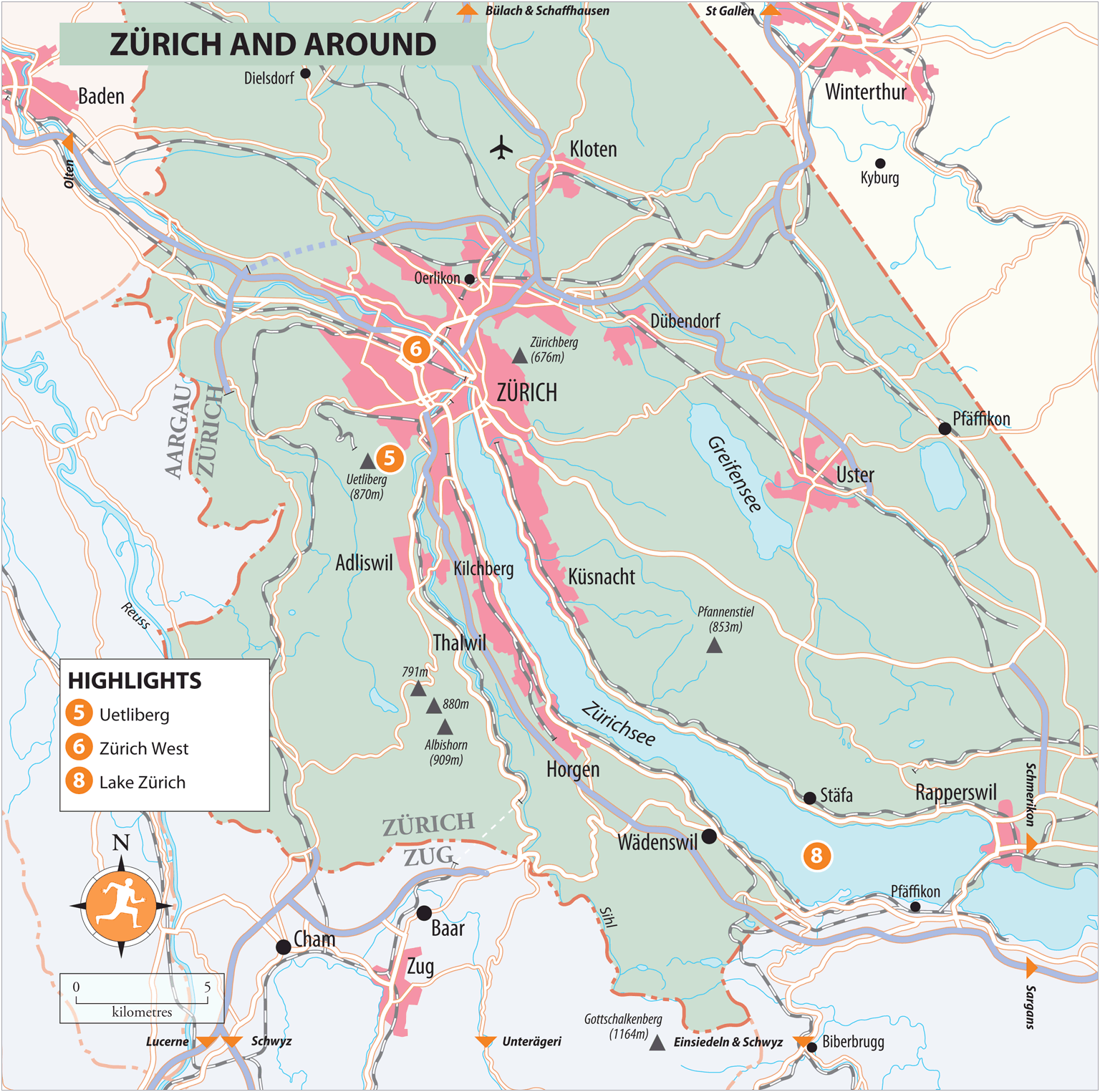Zrichs relationship to the world is not of the spirit, but of commerce.
C.G. Jung
Not so long ago, Zrich was famed chiefly for being the cleanest, most icily efficient city in Europe prim, but devoid of soul. Things have changed. Switzerlands largest city (population 400,000) has shaken off its reputation as Europes sourpuss and youll find its still pristinely clean streets abuzz with newfound confidence on the back of global recognition: Zrich consistently rates at or near the top of annual surveys judging cities worldwide for their quality of life. These days it qualifies as a metropolis with style and even a touch of glamour.
Zrich is still best known, though, as a city to do business. After World War II, the citys foreign exchange speculators had become so powerful and secretive that exasperated British ministers, amid the 1964 sterling crisis, spoke of them as gnomes, scurrying about in the corridors of their private banks forever counting their gold. Their reference to the gnomes of Zrich stuck, and journalists reporting on Switzerlands banking and finance industries still reach for the phrase today. Aptly, Zrich now hosts the worlds most important market for trading gold and precious metals. Exceptional affluence tends to define the area these days, and yet, despite its wealth and status, Zrich is not a flashy place at all. The citys ingrained Protestant work ethic bears the stamp of the Bible-thumping Reformer Huldrych Zwingli yet its the freedom of thought that Zwingli encouraged that continually bubbles to the surface. Wry Zrchers like to make much of how apt it is you have to tut, purse your lips and clear your throat just to say the citys name ( tsoorikh in dialect), but theyre deliberately pandering to a long-outdated stereotype.
Youre likely to find plenty to keep you occupied in this good-looking city, poised astride the River Limmat, adorned with over a thousand medieval and modern fountains, and turned towards the Zrichsee ( Lake Zrich ), so crystal-clear the Swiss authorities have certified its water safe to drink. In recent years the city has undergone a boom in arts and popular culture, expressed most tangibly in the Zrich West district, which has become a hotbed for the alternative scene and a powerhouse for new cultural institutions. The heart of the city, though, remains its medieval Old Town , characterized by the steep, cobbled alleys and attractive, small-scale architecture of the Niederdorf district perfect for exploratory wanderings.
With a handful of medieval churches to take in, including the mighty Grossmnster and graceful Fraumnster , the superb Kunsthaus art gallery and the most engaging caf culture in German-speaking Switzerland, you could easily spend days here.
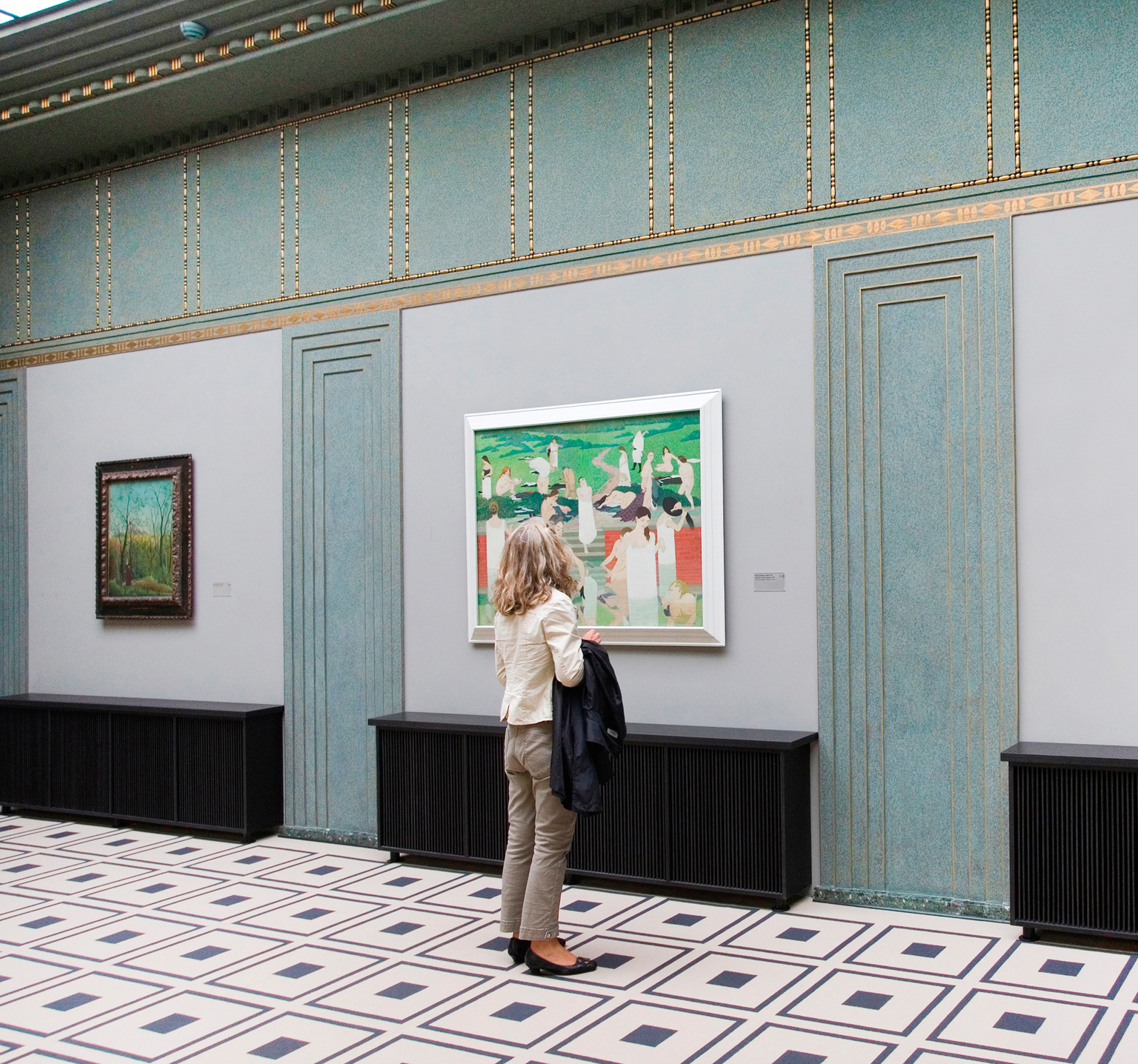
Kunsthaus
Highlights
No trip to Zrich is complete without a visit to its iconic Great Minster, from where Zwingli preached the Reformation.
A truly world-class gallery of art, this is unmissable if only for the vast array of works by Alberto Giacometti.
Head to the lofty choir of the Fraumnster church to be spellbound by Marc Chagalls breathtaking stained glass.
Enjoy outstanding displays on Swiss history and culture in this mock-Gothic castle with a new wing added in 2016.
Join the locals on this steep-sided ridge rising above the city, with stunning views and wooded walking trails.
Discover this hotbed of Zrichs dynamic counterculture, centred on the buzzing Langstrasse.
Indulge yourself with exquisite sweet treats and fine coffee at the home of Zrichs premier confectioner.
Take to the water and leave urban life behind on a short boat trip to the City of Roses, Rapperswil.
Highlights are marked on the maps.
Brief history
The Romans were the first to fortify the area, creating a customs post on the Lindenhof in the first century BC and naming it Turicum . The legend of the citys foundation dates from the martyrdom of Felix and Regula, deserters from a Roman legion based in Valais.
During the eleventh and twelfth centuries, Zrichs traders built up fabulous wealth, mainly from textiles such as wool and silk but in 1336 a visionary burgomaster, Rudolf Brun , shuffled the merchant nobility out of power, handing control instead to workers guilds (which were to keep a hold on the city until the nineteenth century). Shortly after, still under Bruns direction, Zrich joined the nascent Swiss Confederation.
The thriving city experienced its zenith of power and prestige in the sixteenth century, when it became the first Swiss city to embrace the Reformation . The citys spiritual father, Huldrych Zwingli , preached in the Grossmnster from 1519 until his death in 1531. With the abolition of the Catholic Mass in 1525, Zrich became a centre for dissident intellectuals from all over Europe. After 1549, when Calvinist doctrine was adopted over Zwinglian, the city experienced a slow fading in its fortunes. The French Revolution of 1789 sparked pro-libertarian demonstrations at Stfa, south of Zrich, but the city itself remained a backwater.
A late nineteenth-century city councillor, Alfred Escher , is credited with reinventing Zrich as the economic capital of Switzerland, his legislative innovations boosting tourism, banking and local manufacturing industry. Strict neutrality during World War I again made Zrich a refuge for dissidents, and for some months in 1916 and 1917 the city was home to Lenin, mulling over the future Russian Revolution; James Joyce , holed up near the university writing Ulysses ; and a band of migr artists calling themselves Dada, who spent their evenings lampooning Western culture at the famous Cabaret Voltaire .


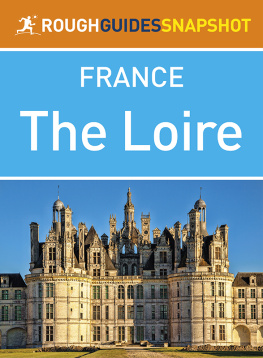
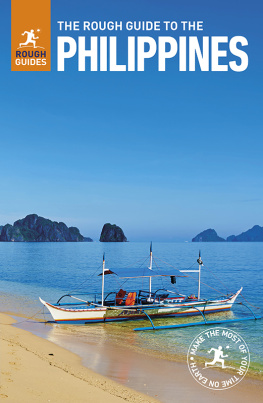
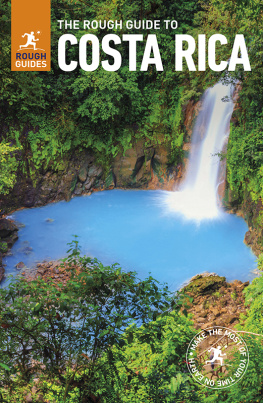
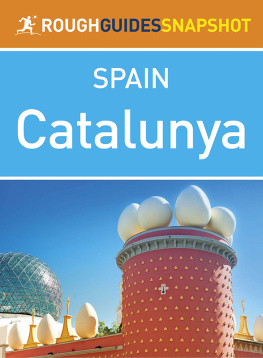
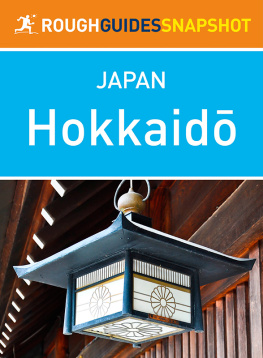
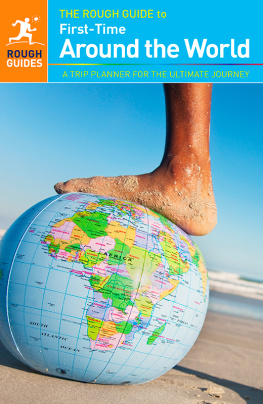
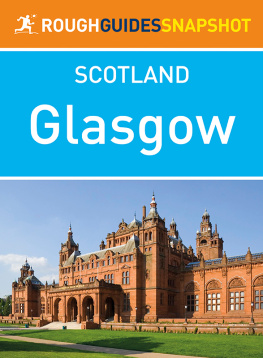



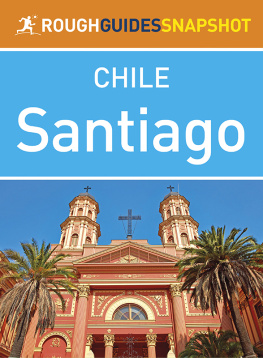

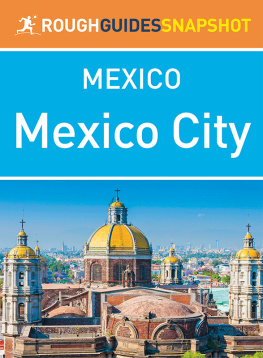
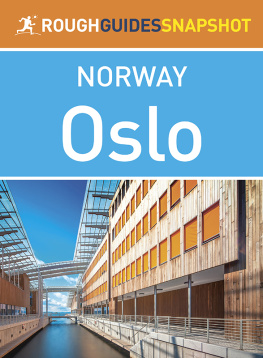
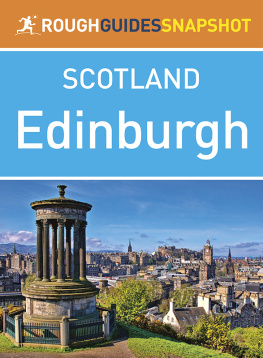
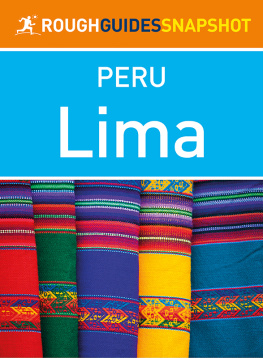


 . You can select your own favourites and create a personalized itinerary by bookmarking the sights, venues and activities that are of interest, giving you the quickest possible access to everything youll need for your time away.
. You can select your own favourites and create a personalized itinerary by bookmarking the sights, venues and activities that are of interest, giving you the quickest possible access to everything youll need for your time away.